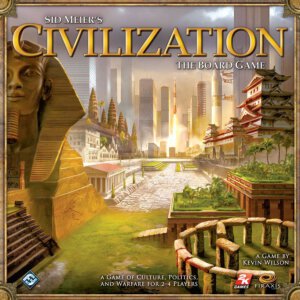
Publisher: Fantasy Flight Games
Designer: Kevin Wilson
Artist: Henning Ludvigsen
Year: 2010
Players: Two to four players
Ages: 13+
Playing Time: Two to three hours
MSRP: $59.95
Opening the box for Sid Meier’s Civilization: The Board Game gives you that great feeling of getting your money’s worth. The box is full of cards and tiles, maps and figures, dials and tokens. When you pull out the rulebook, you realize it isn’t going to be one of those games you can learn in twenty minutes. The book is 32 pages, full color, with many diagrams and illustrations.
I’ll admit, I am biased. I have a long history with the PC versions of Sid Meier’s Civilization. This meant that I was most likely either going to love the game, or hate it. This isn’t a board game version of the concept of Civilization, this is a translation of the PC game to a board game. It’s not an easy way to develop a game, it is much simpler to go the other way and make a board game into an electronic version, so the odds of Fantasy Flight being able to capture all of the aspects of the computer game were pretty slim.

And yet they pulled it off. I’ll tell you straight out that if you have experience with the computer game you will find it a lot easier to lean how to play the board game. There are so many options and paths that you can follow that it can be somewhat overwhelming to new players with no Civ background. Those who tend to suffer from analysis paralysis will have a difficult time with this game and should probably avoid it. Personally, I recommend playing a practice game by yourself before trying to teach the game to new players.
Game setup is actually a pretty involved process and can take a half hour on its own, more for your first game. I recommend setting the game up as much as you can before your fellow players show up, the game is a good three hours long already so setting up in advance makes a lot of sense.
The game comes with 6 different civilizations to choose from, and each has their own unique abilities. They each also have their own personal starting map tile with 16 spaces on it where the player can build their first city. The rule book shows you how to layout the additional map pieces depending upon the number of players. These map tiles are placed face down, so that you have to explore the world. You don’t automatically get to know what the map looks like. This is straight out of the PC game and I love it. This has the added plus that the map changes every game. You place your capital city token on your home map tile and the 8 map spaces around it are considered to be part of your city. Each of these spaces can contain various icons representing different resources you can use including trade, culture, production, and natural resources.
The object of the game is to build the best civilization. There are 4 different ways to actually win the game.
The Cultural Victory
In the board game, culture is measured on the culture track on the separate market board which holds most of the items you can purchase in the game. You collect culture tokens from the squares around your city and spend these to advance along the culture track. Each time you move along the track you can either draw a culture card, which gives you a special action, or gain a great person who can benefit your civilization. If you are first to reach the end of the culture track, you won the game.
The Tech Victory
Each player has a stack of technology cards ranging from level 1 to level 4. You can research technologies which benefit your civ and allow you to do special actions, build improvements for your cities, and upgrade your military units. Technology is built in a pyramid form, with the lover level one techs on the bottom and level 4 techs at the top. You have to build from the bottom up, so you’ll have to build 2 level 1 techs before you can add a level 2 on top of it. You use your trade resources that you keep track of on the trade dial on your civilizations setup card to gain technologies. There is only one level 5 tech in the game, space flight. If you are the first player to successfully research space flight, and you will need to have already built your pyramid with 14 other technologies to do it, you win the game.
The Economic Victory
Your civ setup card also has a second dial to keep track of coins you accumulate during the game. Coins basically measure the level of your economy, and are not things that you spend. They are hard to come by but you can gain them from certain technologies as well as from certain spots on the map. Once your civ controls 15 coins, you win the game.
The Military Victory
Military is represented by armies you place and move on the map, and the armies contain units, either infantry, artillery, mounted, or aircraft. The units are on special cards and can be upgraded when you research the correct technology. You can obtain a military victory by capturing one of the other players capital cities, not an easy task.
The game is turn based, and each turn has several phases including:
The Start of Turn phase, where you can build new cities and change your form of government.
The Trade phase, where you collect your trade icons and may negotiate and trade with each other.
The City Management phase, where you perform one action per city including building new armies or units, a building, or a great wonder. Collecting culture for your city, or harvest a special resource.

The Movement phase where you move your armies and scouts.
Finally the Research phase, where you learn new technologies.
All of these pieces blend together to really give you the feel of building a civilization, and there are so many different strategies to pursue that the game leaves you wanting to come back for more.
Again, it is a longer game and it takes some time to master the rules, although the concepts are much easier if you know the PC game. It will definitely lead to analysis paralysis for those prone to it. Also, the max players are 4. I would be happier if it went up to 5, but I bet dollars to doughnuts that the first expansion will add another player. If these things don’t bother you, then I recommend this game. I really enjoyed playing it, I haven’t even explored all of the possible strategies yet so I’m already thinking about the next time I play.
[rwp-review id=”0″]
- A Dungeon Delve for Kids?: A Review of Dungeon! - Oct 24, 2022
- Better, Stronger, Faster | Descent: Journeys in the Dark Second Edition Reviewed - Oct 23, 2022
- Your Planet is Doomed!: Invasion from Outer Space Reviewed - Oct 22, 2022


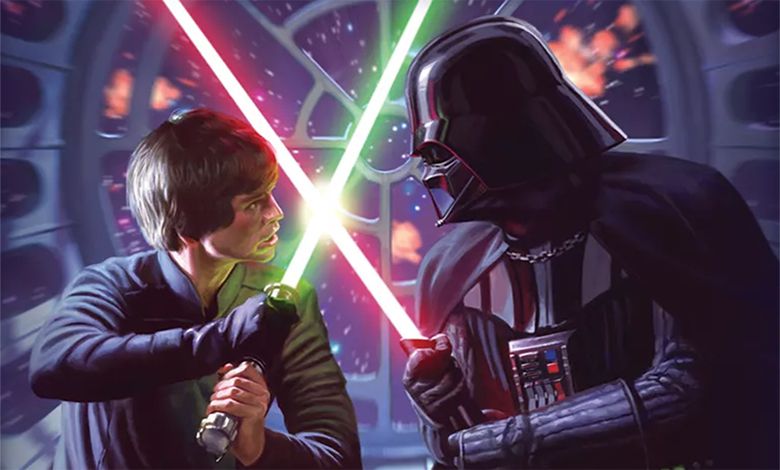
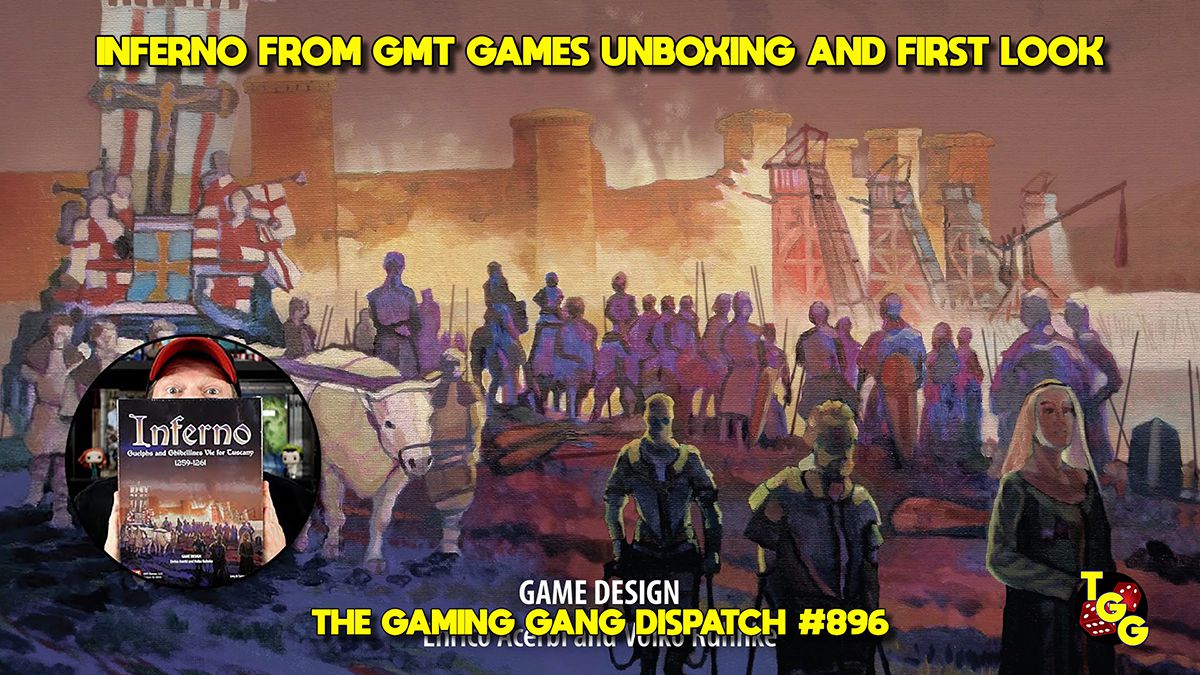
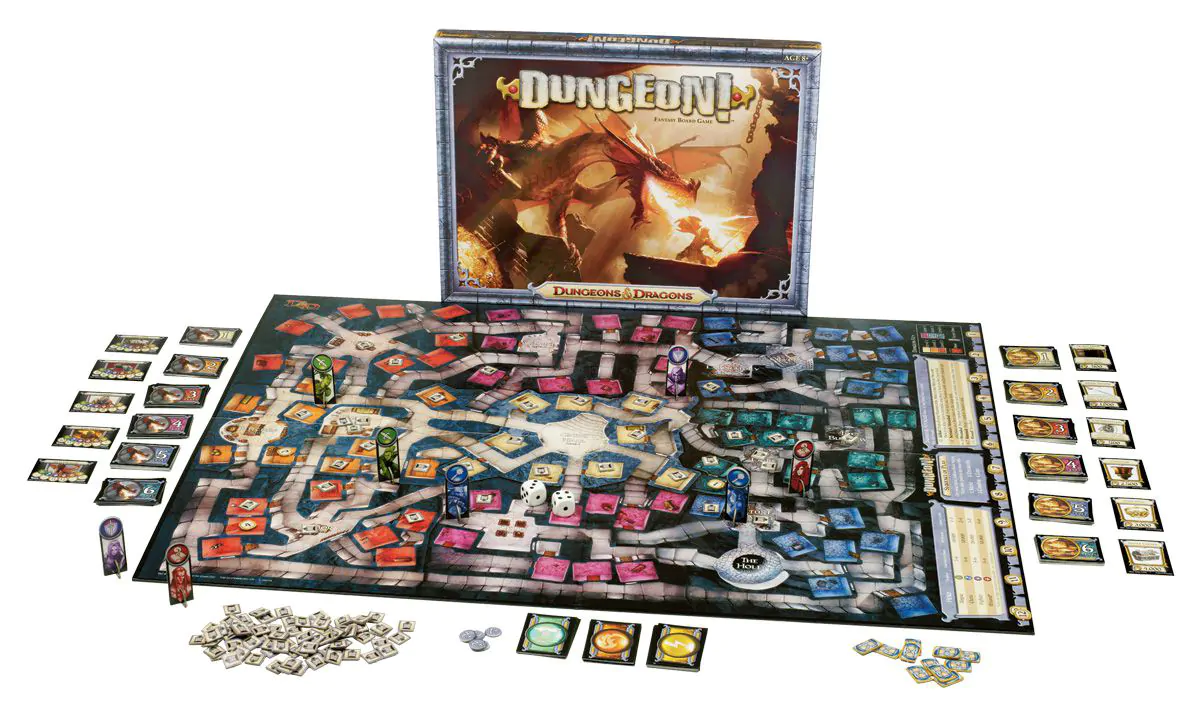
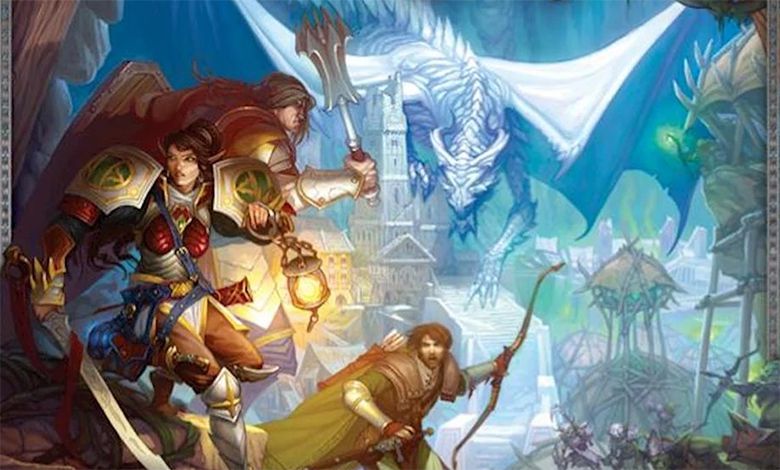


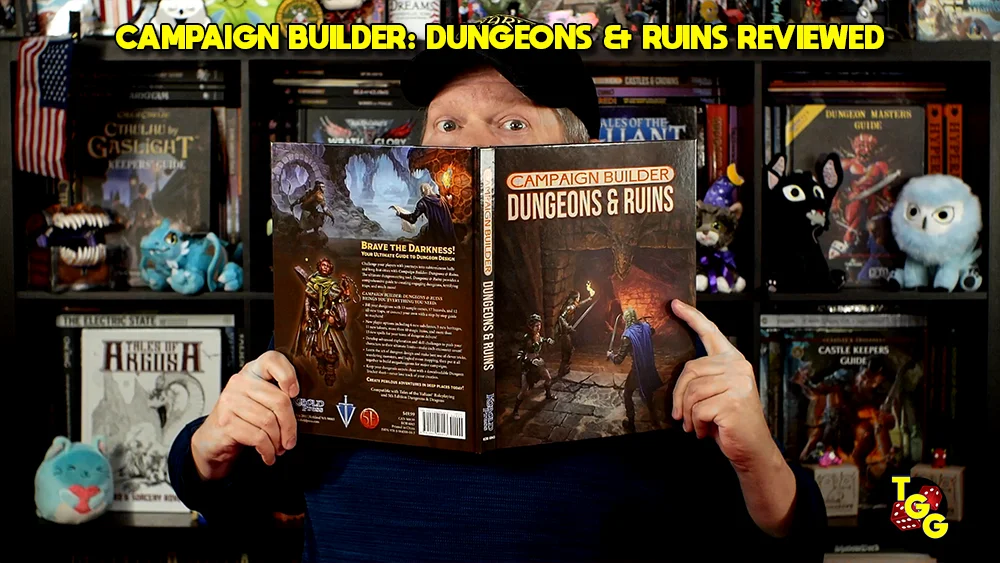









I would definitely agree that this game promotes analysis paralysis. This is an absolutely excellent strategy game, but it is not for the tired nor for the faint of heart. If decisions are made at a quick pace the game is a challenge and a blast, but slow movers really drag this game out. Having a member of the gang who is weak at strategy could cause difficulties, as only one person needs to be conquered to win a military victory.
Overall I truly enjoyed this game for its excellent strategy aspects, but don’t recommend it to anyone that might be new to strategy games.